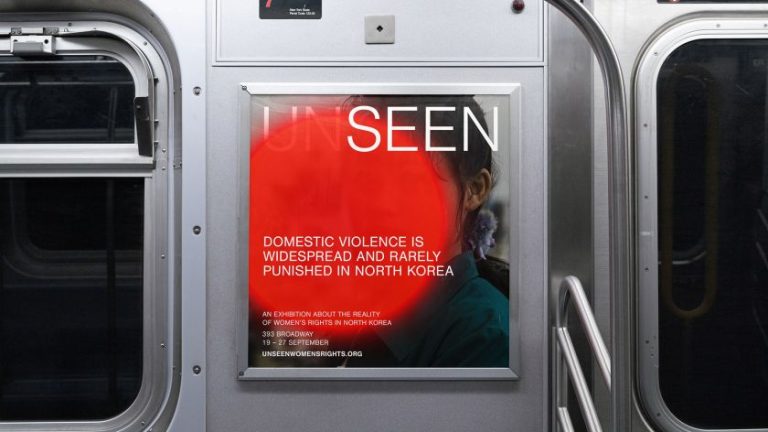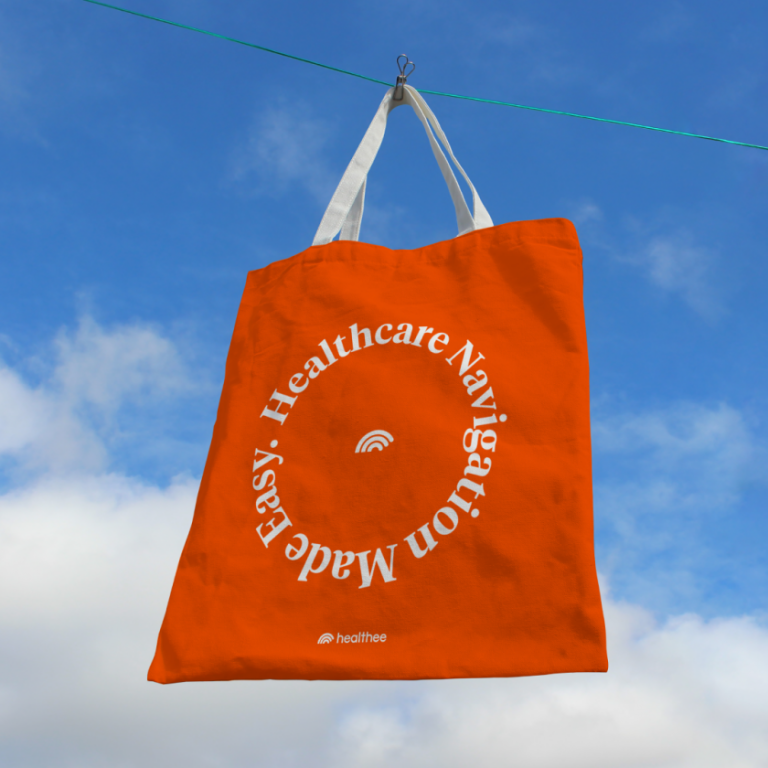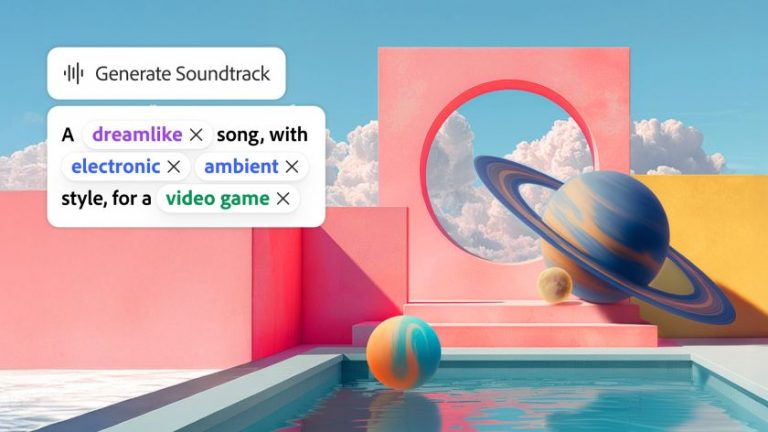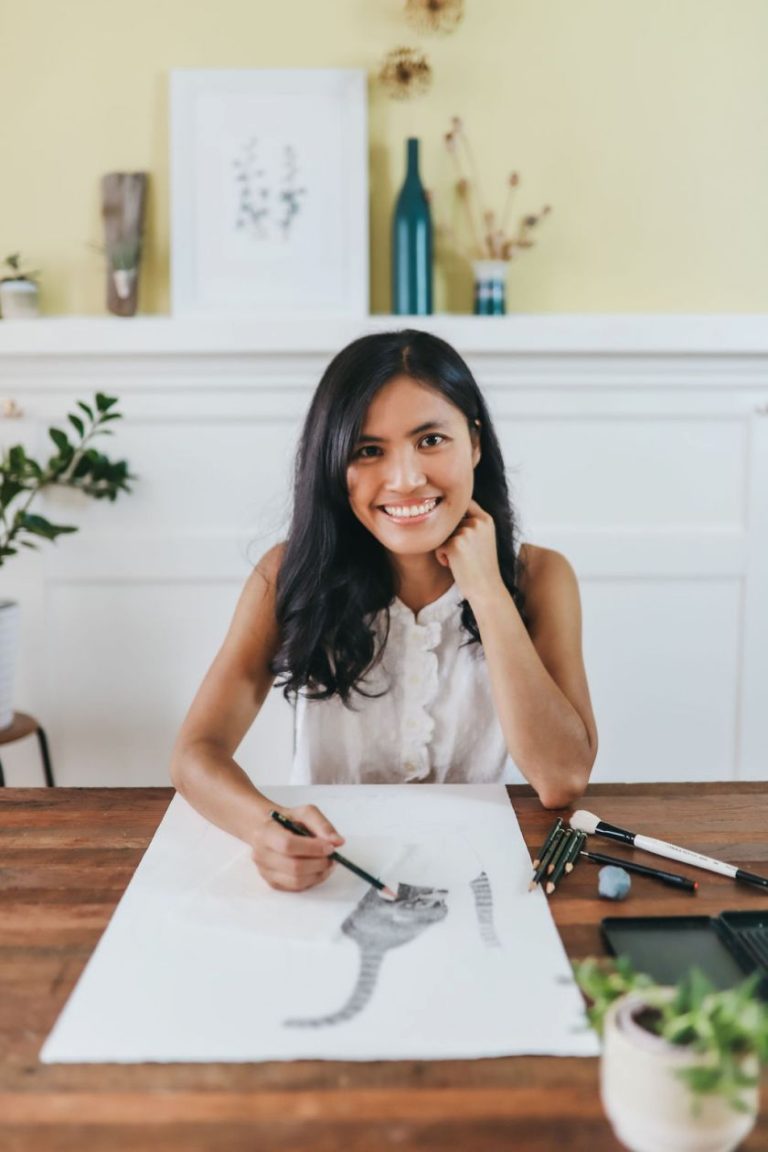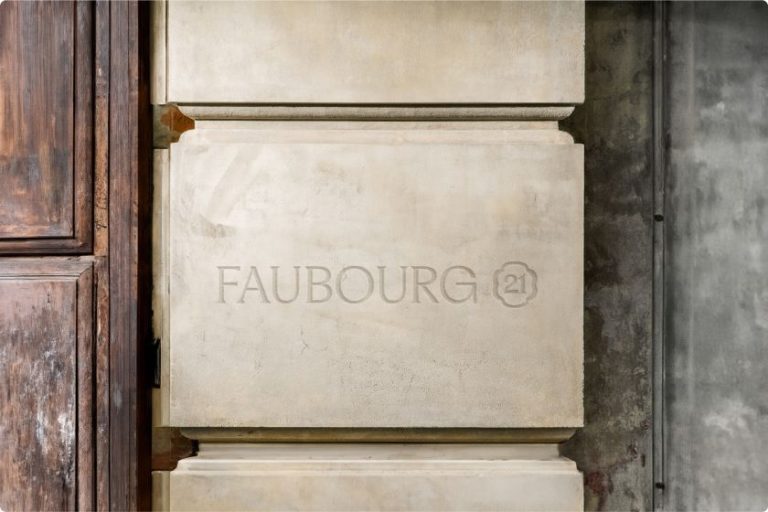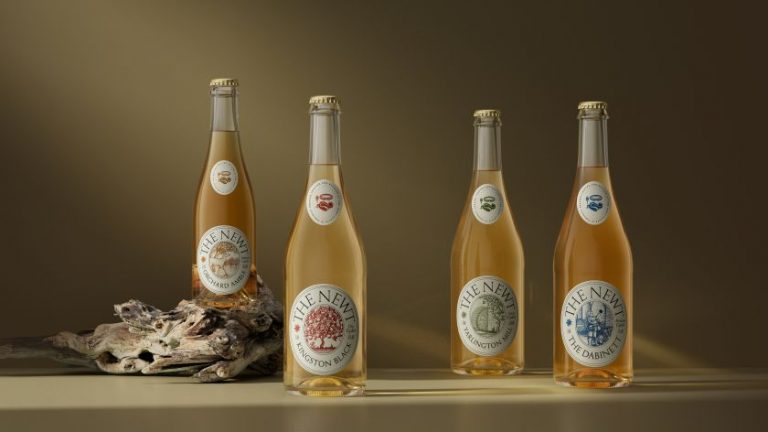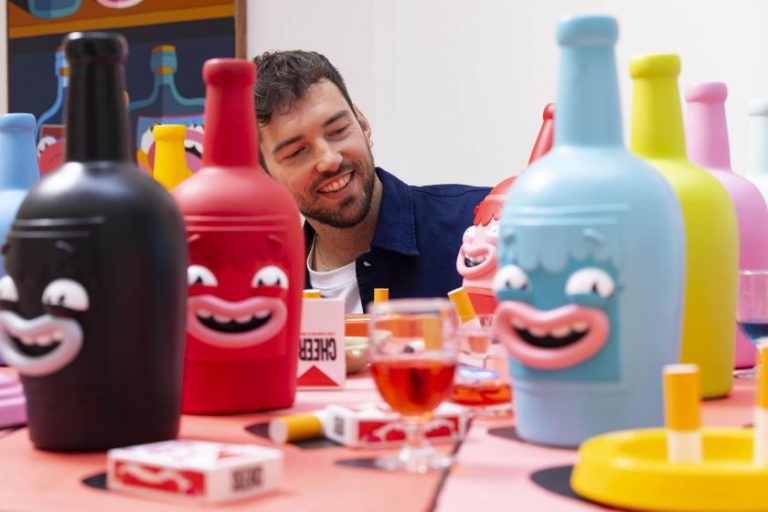Everyone’s talking about Gubbins, which delightfully bucks mobile gaming trends with its offbeat art style and clever gameplay mechanics. We find out more about how it was made.
We all love word games, but playing the same games all the time can get a bit wearing. So, we’re always excited to check out new ones. And right now, everyone is talking about Gubbins, a visually dazzling title which puts a fresh spin on the classic word game formula.
It’s a friendly puzzle game where players place tiles to make words, with the help and hindrance of wildcard modifiers called Gubbins, which help and hinder you as you go. In other words, it’s a bit like single-player Scrabble but with an added dose of colourful, often surreal visual chaos.
And the global viral success of Gubbins is all the more impressive considering it’s the very first title from Studio Folly, a new indie game studio based in Melbourne and led by creative couple Jessica Shipard and Darcy Smith.
How it began
So why launch a word game? “With Darcy’s game design background and my background in communication design, a word game was a natural fit,” explains Jessica. “What started as riffing on game ideas quickly spiralled into an unconventional new take on the word game genre.”
Art direction was key to the game’s development, she adds. “The initial intent was to create something super minimalist, very calm, clean type, warm palette, like a cup of tea on a Sunday morning,” she recalls. “However, once illustrator Zac Fay got his hands on the characters, minimalist turned maximalist, and the psychedelic world of Gubbins was unleashed.”
They also put a lot of care and thought into motion design. “The animations are all hand-drawn, frame by frame, in vector by Georgia Kriss, which is extremely atypical for mobile games,” says Jessica. “Georgia took Zac’s static illustrations and imbued each and every animated asset with so much humour and charm.”
Postcards and ethics
The sense of fun is further enhanced by the postcard maker, which allows players to make collage-style postcards with the words they’ve spelt while playing. And boy, have players been doing so, with an ocean of hilarious and surprisingly profound player-made postcards flooding social media.
Jessica admits this has taken them by surprise. “We knew that people would get a kick out of celebrating their long words, impressive scores, and dick jokes,” she says. “But we’ve been absolutely blown away with the detailed character designs, nostalgic throwbacks and emotionally expressive pieces that have flooded the internet.”
Importantly, the game has no ads, and like Wordle and other popular daily games, you get a game a day on the house, or you can pay once to unlock unlimited play. “This was really important to us,” says Jessica, “because ads would have taken away from the design, and we wanted to monetise ethically.”
Typographical approach
Of course, given it’s a word game and that Creative Boom is run by a bunch of design nerds, we wanted to take a deep dive into the type. And Jessica is keen to oblige and give her full insights into how she approached this aspect of the game’s design.
“I really wanted to bring the specific world of typography that I love to games, the one where you carefully agonise over one beautifully crafted sans serif over another,” she explains. “This might sound a bit ‘woo woo’, but I also like to imbue my font choices with meaning.
“We chose Banana Grotesk, partially because it was my favourite sans serif at the time and felt like I was really getting the hang of how to bring out the best in the font. Another reason I chose it was that I thought it was charming that Monkey Type named all their fonts after monkeys and gave a portion of their profits to animal sanctuaries.”
Partway through development, though, she realised the game looked a little serious. “It was at that point it really hit me that games are entertainment, and the game needed to be fun, not just typeset well. People started saying the game reminded them of Yellow Submarine so we lent hard into that and took inspiration from 60s graphic design and a new psychedelic world was born.”
A lot of the typography stayed the same to protect legibility. “But we started making funky raised buttons and cool word frames that gave the designs more punch. It was around this time we added a more Comic Sans-esque font called Coming Soon to lean into the humour and silliness of the game. It was a process of leaning into our artists’ work and listening to what the game wanted to be.”

